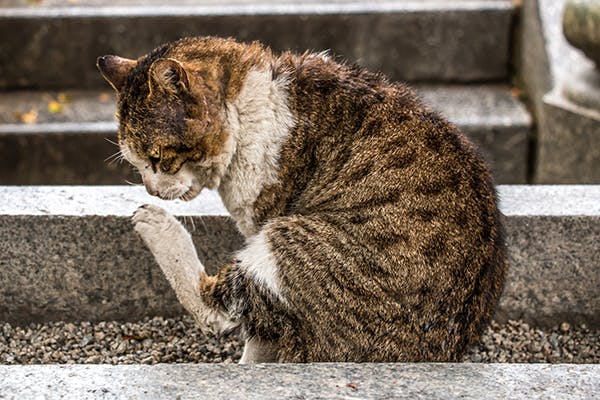Cats can be wonderful companions and it’s possible to feel a very deep bond with them, but unfortunately they can’t speak to tell you exactly what they’re feeling and what they need. Today we’re taking a look at some of the things (positive and negative) your cat could be telling you, so you can give them the care, love and attention they need.
“I’m Feeling Sick!”
If you have pets of any kind then sickness isn’t rare. It’s just as common for people to complain “my dog keeps vomiting” as it is for them to have problems with their cat. Fortunately the problems are similar, and so is what they’re telling you. It’s the most direct way cats have of communicating that something is wrong, and it in many cases it solves the problem into the bargain, clearing out the toxins or spoiled food that’s upsetting your cat’s stomach.
If your cat is telling it’s feeling sick, then it’s important for you to monitor the situation. If they miss more than two meals, if a bout of sickness lasts more than two or three days, or if they develop concerning symptoms like blood in their stool or vomit, then it could be more serious than simple food poisoning and needs a vet’s attention.
More indirect ways your cat has of communicating that it’s feeling sick include lethargy, loss of appetite and sleeping for longer than normal. If you notice these messages, then you should start thinking about when your cat last ate, any other symptoms it might have, and if it might be time to get it some help.
“I’m in Pain”
There are lots of reasons your cat could be in pain, from falls to fights, to some illnesses. A cat’s first instinct will be to conceal that weakness, so you need to be alert for signs. Lameness is often a sign of pain in a limb or foot – this could be a full blown limp or simply sparing it as it walks.
Cat behaviour can also change when they’re in pain. They may become more withdrawn, or even aggressive, shunning strokes or reacting with claws and hissing as you get near the hurt area.
Small cat cuts often heal quickly on their own, but large wounds are an infection risk and it’s always worth going to the vet.
“I’m Happy!”
A lot of the work of building a good relationship with your cat is knowing when it’s happy and receptive to petting, and when it wants some privacy.
Happy cats are often more vocal – while low pitched meows, howling and hissing are signs of angry cat, high pitched calls and chirrups are a sign of a happy, excited cat that wants your attention.
If your cat is sleeping or sitting curled up, or with its paws tucked under its body, it likely feels happy and safe – and not like it might need to flee at a moment’s notice.
If you want to pet your cat, try offering it a hand to sniff. If it’s interested in affection, it’ll show more interest, come towards, even headbutt or lick your hand and you know it’s time for petting. If it shies away or shows no interest, then your cat needs some alone time.

